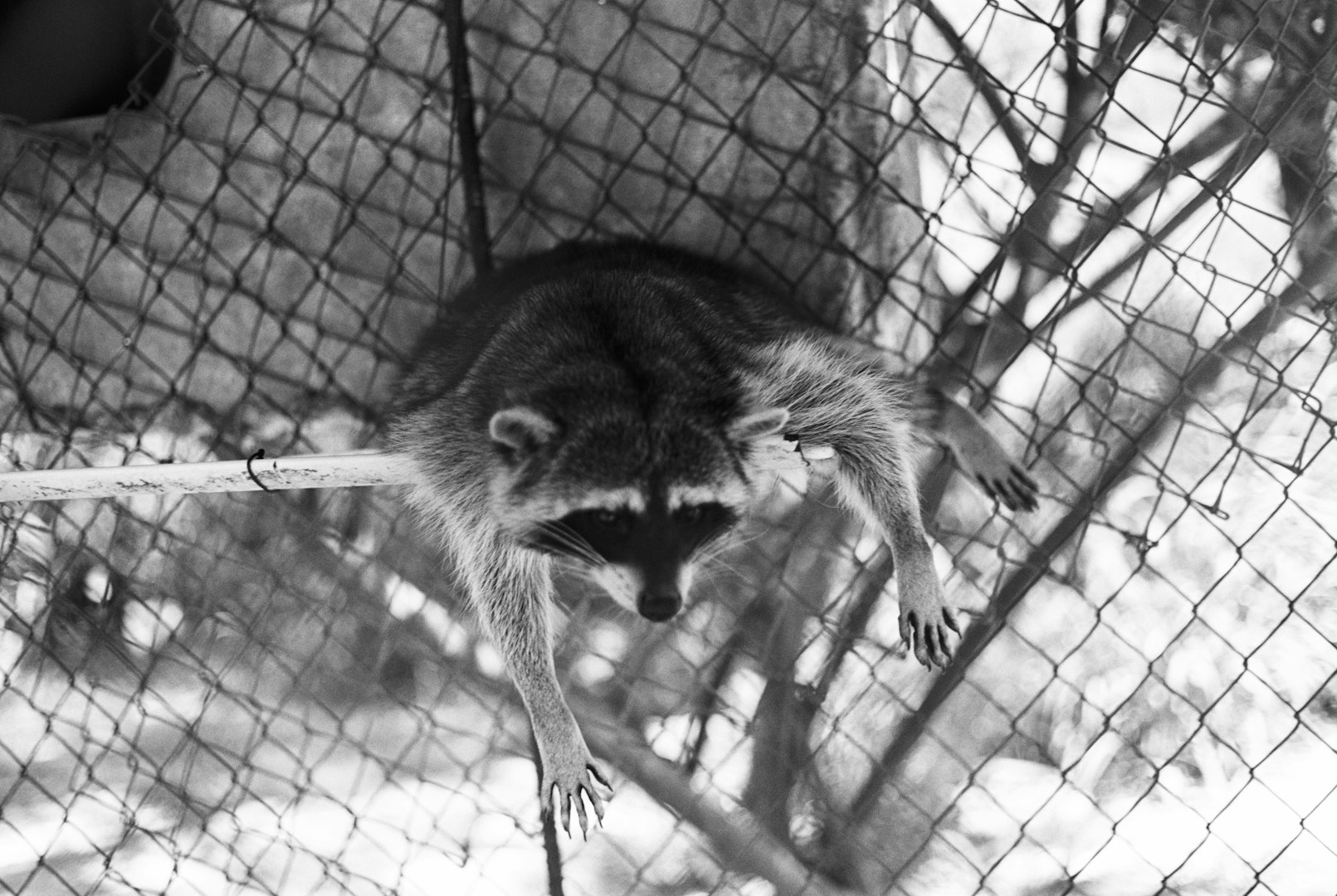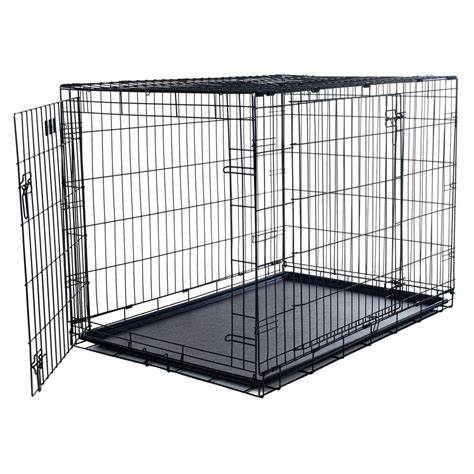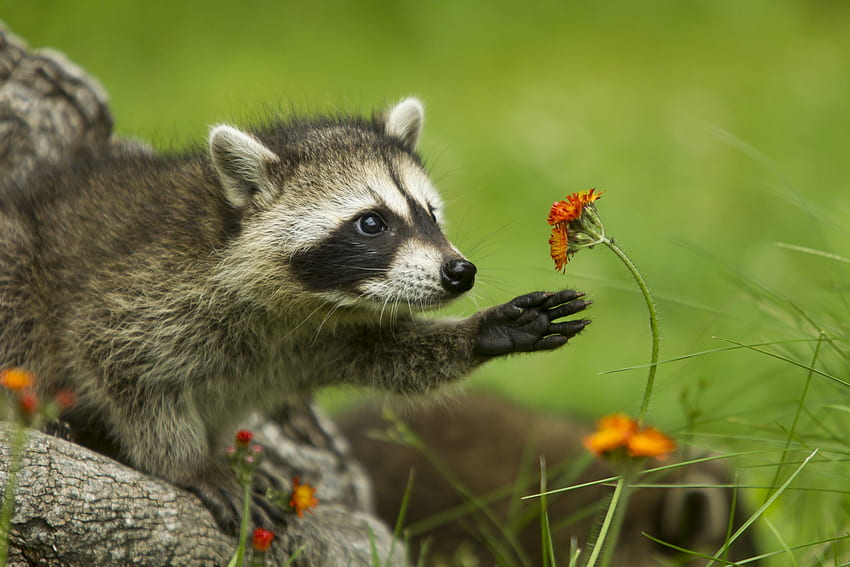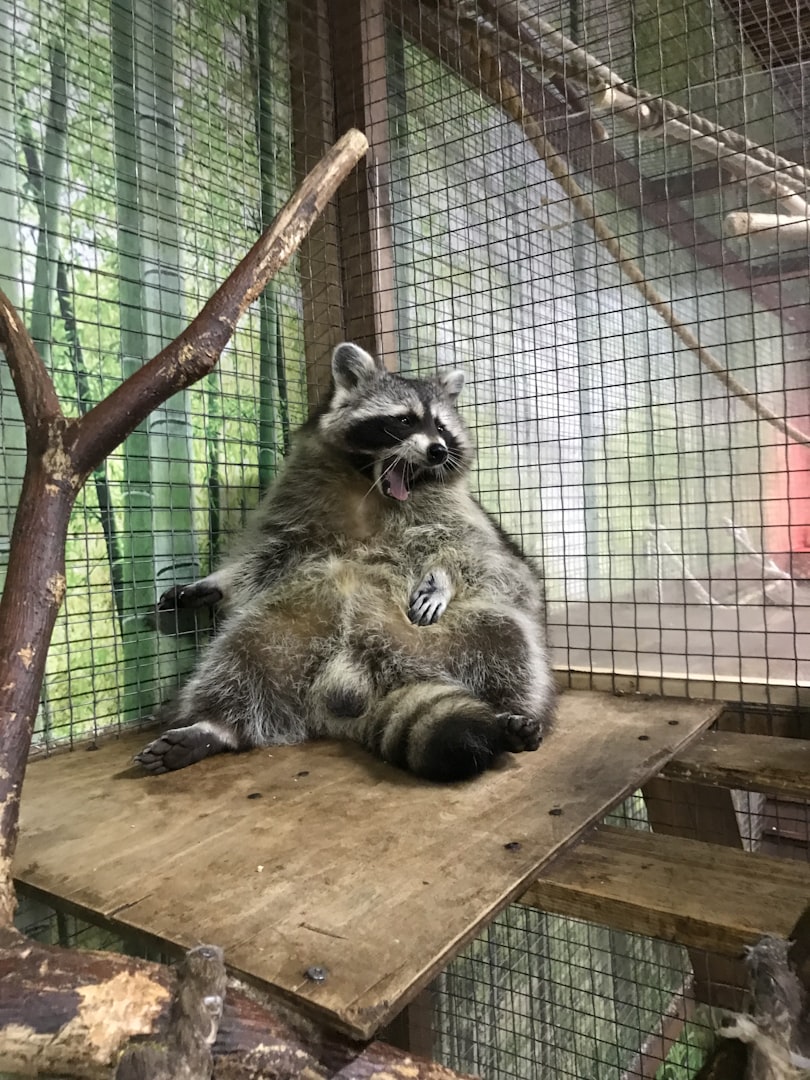
why are proper caging and enclosures important?
What factors come to mind when you think about how to contain a patient in your care?


Cages should be...
Spacious
Hygienic
Safe
Species appropriate
Full of enrichment
But, why?
We owe it to our wildlife to provide them an environment they can thrive in.
They are already in a precarious situation if they are in our care. It is not natural for wildlife to be contained. Therefore, their living space for the time they are enclosed, should prepare them for release.
DNR protoCol
The DNR has their own guidelines. We will review them, however, these are MINIMAL requirements. Your permitter and your experienced wildlife rehabber colleagues will have more detailed insight into what they want to see when they inspect your enclosures.
Raccoons beyond bottle babies: At least one raccoon should have an 8ft X 6ft X 6 feet high.
For every additional raccoon, there should be an additional 24 square feet added.
A 10x10X 6 feet high enclosure has been traditionally enforced for raccoons.
"Clawing logs" should be added to each enclosure for each animal. They should be 2ft X2ft high in a "den area" of the enclosure.
A climbing tree shall be in every enclosure measuring 3 or more 4-inch diameter branches.
Platforms shall be placed at least 3 feet above the floor for raccoons. This is called a "protected shelf area" and should be at least 14x36 inches.
Enclosure size for a single: 4X4 ft X 8 feet high
Cage size should increase by 1 square ft for each additional animal.
One nest box elevated off the ground by 5ft and three or more 3 inch branches.


Dog Crates with bigger spacing (usually 1.5 inches)


